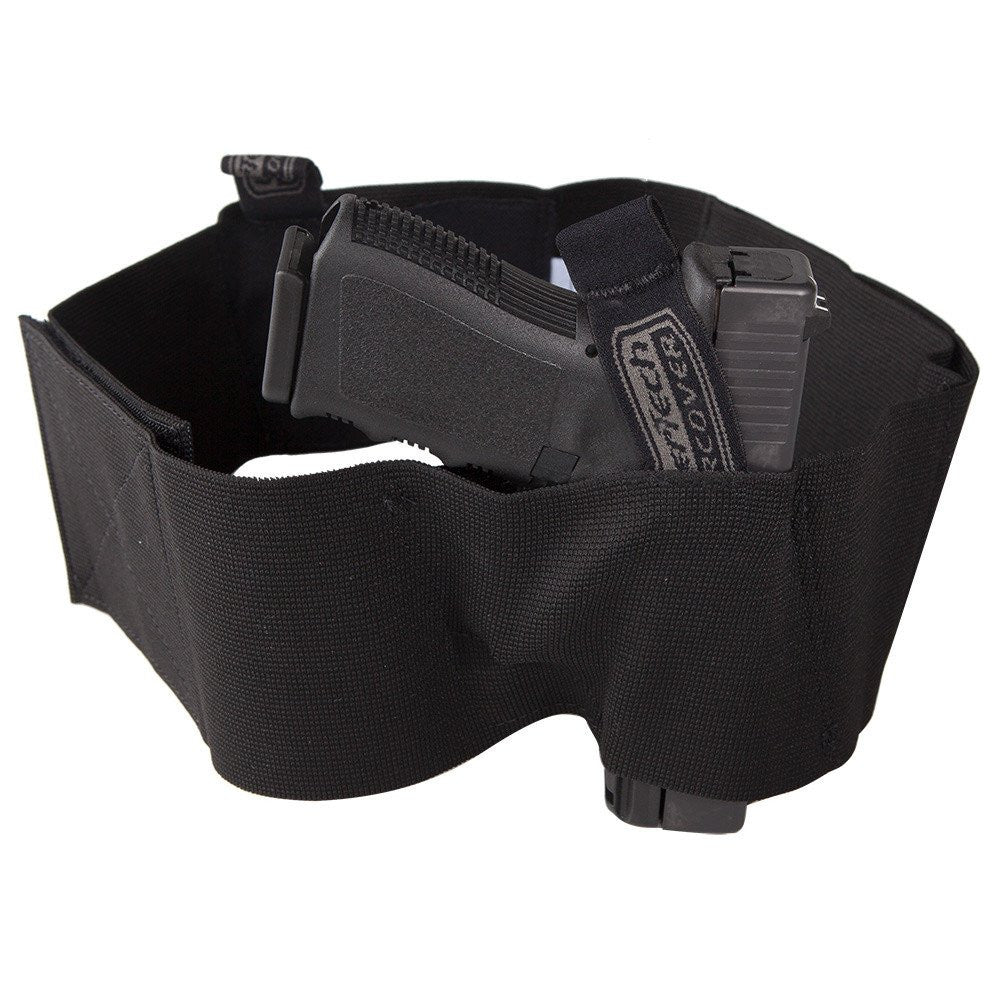Responsible firearm owners know that a proper holster is a must-have item for carrying a concealed weapon. You need a concealed weapons holster that will keep your firearm in place securely while leaving it accessible if an emergency occurs. While you have many holster options, the following are the four most commonly used styles.
Inside the Waistband (IWB): An IWB holster allows you to easily grip the handle while the rest of your pistol stays inside your pants. You can either carry your weapon at your side hip or the small of your back. Either way, the holster will prevent it from moving around much.
Pocket: When you have a small firearm, a concealed weapon holster that fits inside your pocket is the most discreet option. The holster will conceal the gun’s outline and protect the trigger.
Ankle: For advanced gun carriers, an ankle holster is a great option. They may be more difficult to reach for novices, but they are also discreet and do not restrict your range of motion. Practice will help you learn how to draw smoothly from your ankle.
Shoulder: If you wear a jacket all day, your shoulder is likely the best place for your concealed weapon holster. You can tuck your firearm comfortably under your armpit and keep a spare magazine on your opposite side.


